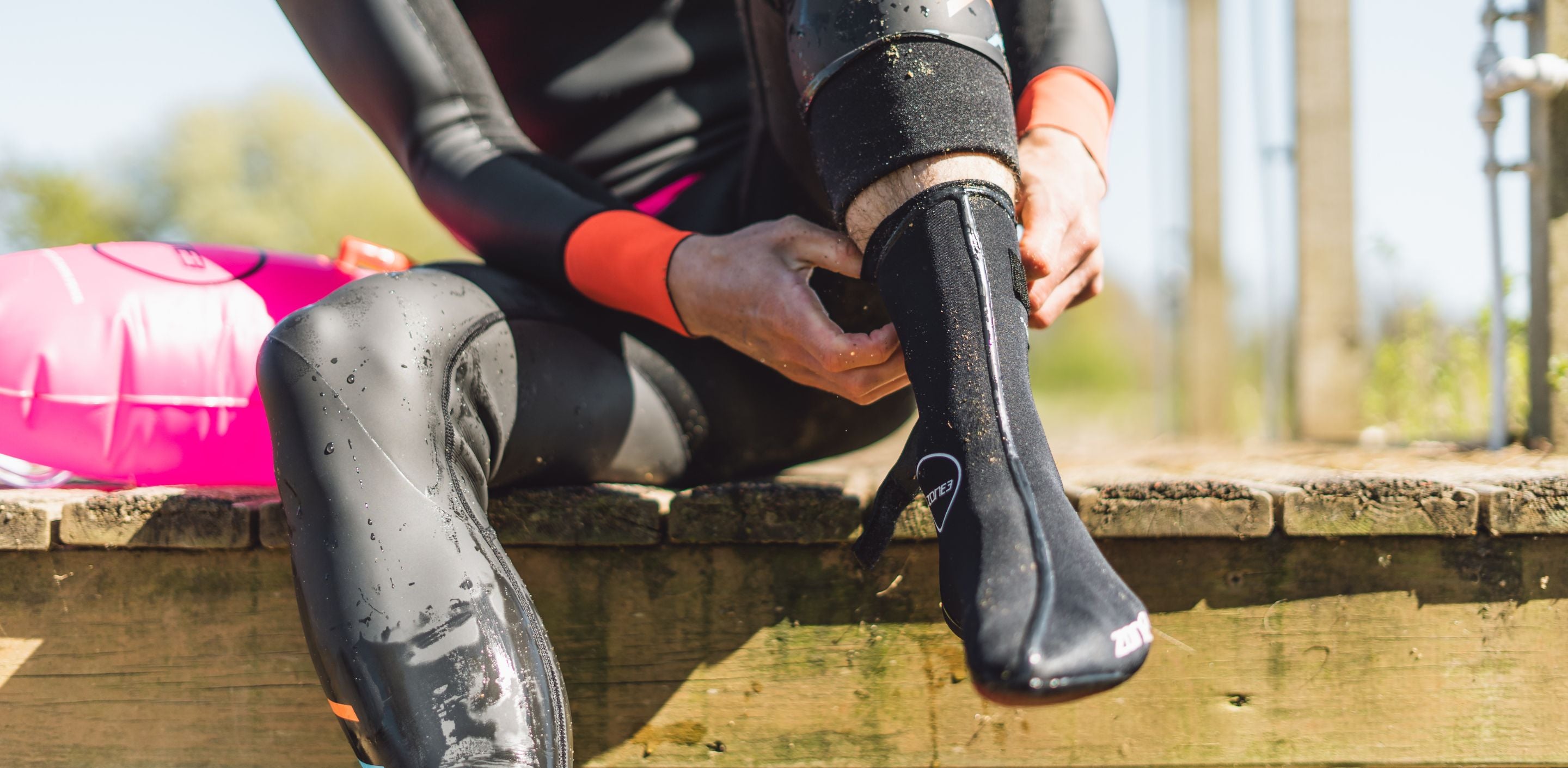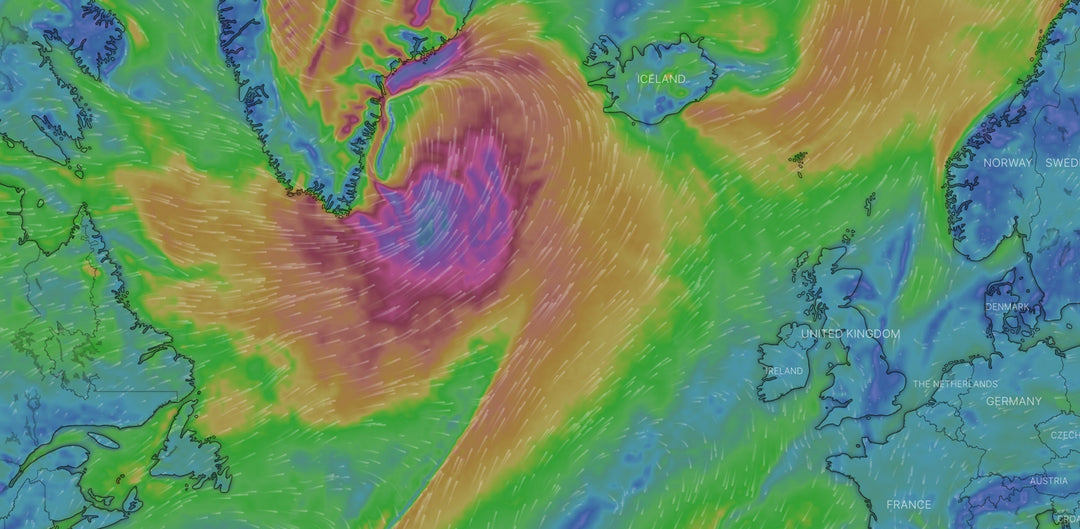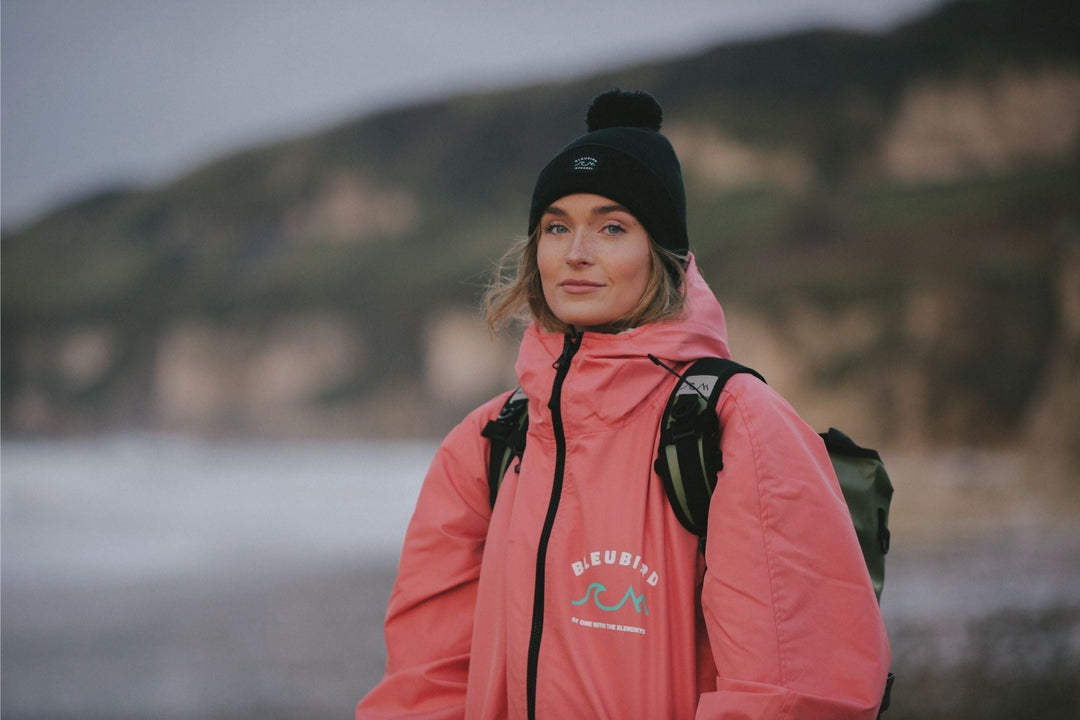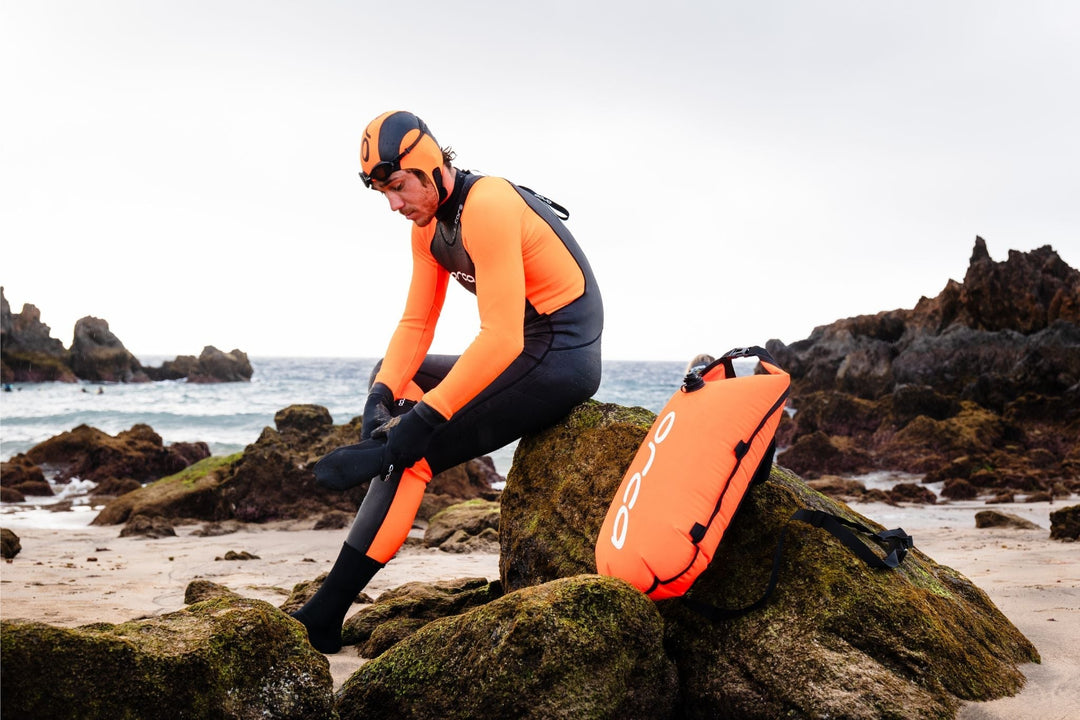In this swimming gear guide, we are going to discuss all about neoprene swim socks. What are they? Why are they essential for cold water? And which to choose for swimming in the sea or open water.
If you swim mostly in balmy waters over 17 degrees than you might want to skip along to the next blog post, this one is probably not for you. If you are based in Ireland however and are swimming in the sea or lakes any time of the year, read on.
Do I need swim socks in Ireland? What are the benefits?
Most likely. Anything below 15 to 17 degrees celsius would be considered cold water and with the water temperature in the Atlantic and Irish Sea maxing at about 16 to 17 degrees in the summer time, that means that the water in Ireland is by definition always ‘cold’ and in fact in the winter and Spring time it 0is freezing! So it’s not just nice to have swim socks, when the water is very cold, it’s part of staying safe in the water to have extra layers of neoprene to keep your temperature up.
Ok great. Which swim socks should I choose?
Neoprene socks come in lots of different options, different thickness, different seams, different style, with or without grip on the sole, with are without velcro straps, with or without lining.
Let’s have a look at what these things mean and which ones you need depending on when and where you swim.
Neoprene thickness
We sell swim socks ranging from 2mm to 3.5mm thickness. It may not sound like much, but there is definitely a difference between the 2mm and 3mm socks, also because thicker socks often come with other nice features to make them even warmer.
Whether thinner socks will do the trick for you depends on how much you feel the cold, what other equipment you wear - for example if you are wearing a warm wetsuit that keeps your core temperature up, a thinner pair of socks may be enough, whereas you might want to go thicker if you are swimming in your togs.
Seams
Ranging from letting in the most water to letting in the least, socks typically feature one of the following:
- Flatlock stitching
- Glued and blind-stitched seams
- Taped or liquid seal
Taped or liquid sealed seams are usually a feature of premium socks, like the Zone3 Heat Tech Socks. Better seams equal less water in your socks which in turn equals feeling warmer.
Velcro straps
Velcro Straps definitely help to keep swimming socks in place and stop them from rolling down. Combined with a tight seal on the calf this minimises any water getting in over the top. This would be most important if you are wearing no wetsuit or a shorty. If you are wearing a wetsuit, this will go over your socks and will keep them in place.
Sole with grip
Socks can come either without any sole or they might have a soft sole that features some form of anti slip layer. None of these will be robust enough to walk on rocks, in that case you might look towards wetsuit boots instead, but a grip may come in handy when you entry and exit point to the water is slippery like concrete steps that you find at popular swimming places. If you are swimming at a sandy beach, grip won’t be as important for you.
Cosy inner lining
Who doesn’t like a bit of extra warmth! Some swim socks feature so-called Heat Lining on the inside of the neoprene, which does two things. It makes the sock more comfortable to wear and often has heat-trapping properties, making the socks warmer than those without lining.
I've seen other swimmers use wetsuit boots. Swim Socks vs. Wetsuit Boots
The difference between swim socks and wetsuit boots is that boots have a more rigid sole and heel. Therefore it’s harder to point your toes in boots, so if you are swimming longer distances then boots are not a great option. If you are dipping though and are looking for maximum warmth or mostly something to protect your feet from rocky underground, then you might look towards wetsuit boots over swimming socks. Wetsuit boots come in very many different options and one advantage of them is that they are available in thicker neoprene than swim socks which would keep you warmer.
Trade-offs. Great features vs A little difficulty to put them on and taking them off
Apart from your budget, which will determine your choice of swimming socks - you might also consider how easy they are to put on and off. Weigh up the advantage of warmth to the time it takes to get into and out of your swimming gear.
I am a very cold creature so in the winter time it nearly takes me longer to get changed both in and out of my swim gear compared to the time I spend in the water. But for me that’s essential.
Where to buy Swim Socks?
We stock a range of neoprene swim socks from popular open water swimming brands like Zone3 and Orca. Choose a pair from our swim socks collection, your feet will thank you for it.






Leave a comment